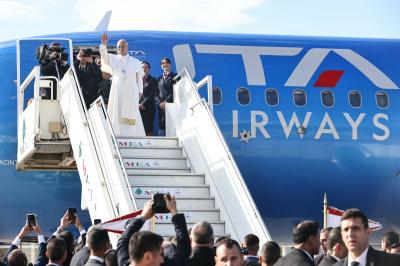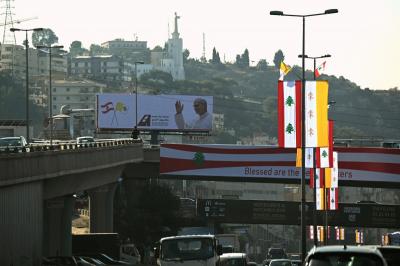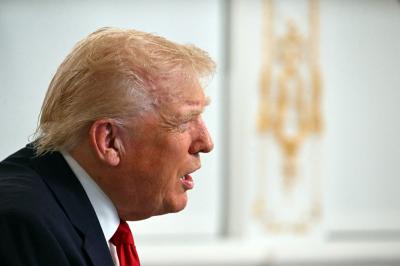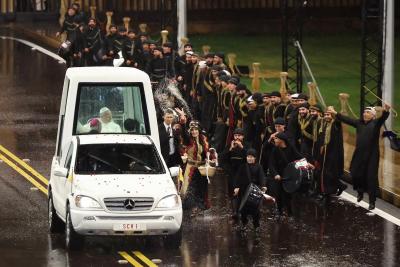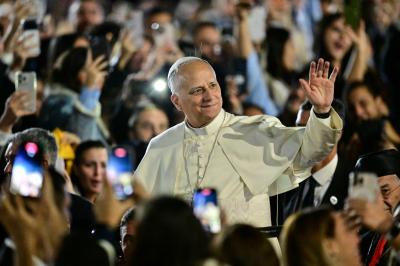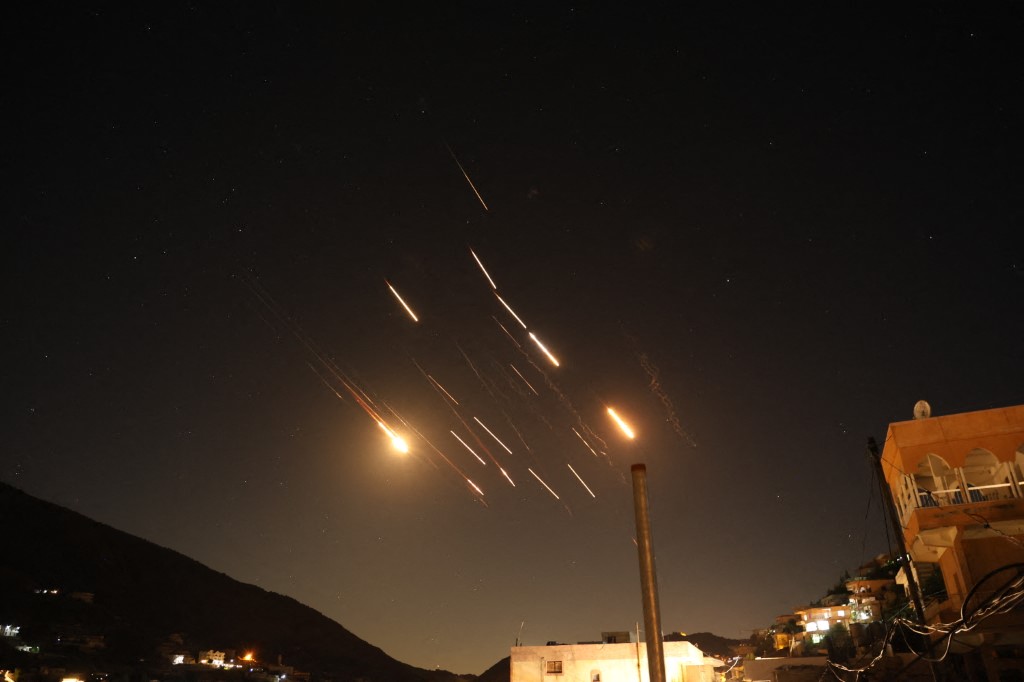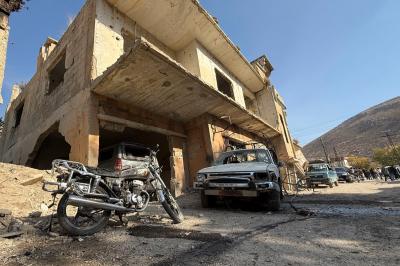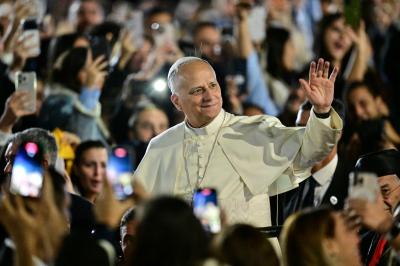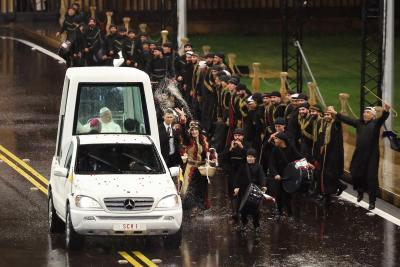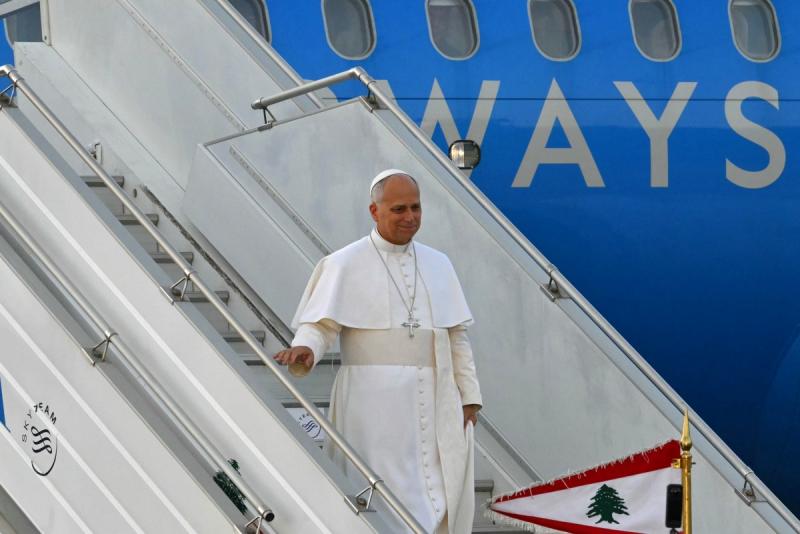Since Lebanon’s independence in 1943, calls for the country to adopt a stance of neutrality have grown steadily louder—spurred by its complex geopolitical positioning in a region rife with conflict, especially after the establishment of Israel, as well as its sociopolitical makeup where religious identity is deeply intertwined with politics and national identity.
In the 1960s, Lebanon was known as the “Switzerland of the East” thanks to its prosperity, liberal lifestyle, cultural vibrancy, advanced banking system, and the breadth of its political freedoms compared to neighboring states. Some at the time proposed borrowing another element from the Swiss model, namely neutrality, and even suggested a federal system. There were clear similarities—both nations had composite societies and a history of internal conflict, yet also a strong tradition of pluralism.
In recent years, and following a string of wars, occupations (both direct and indirect), and deep internal divisions—particularly between the “resistance axis” and the “sovereignty camp”—the idea of neutrality has returned to the national debate with renewed urgency. The collapse following the October 17, 2019, uprising and the abuse of power and weapons further amplified these calls. Leading the renewed push was Cardinal Patriarch Mar Bechara Boutros al-Rahi, whose endorsement gave the concept of neutrality political and moral weight.
In a document released by Bkerki on February 27th 2021, the patriarch called for Lebanon to adopt “active positive neutrality” as a constitutional principle—preserving a Lebanese state defined by civic, not sectarian, belonging; grounded in cultural and religious pluralism; and open to the world without aligning itself with regional conflicts.
This proposal, however, met fierce resistance from those orbiting around “Hezbollah,” who launched a campaign branding it as treason, surrender, and a Western plot aimed at dismantling the group’s military arsenal. A “pro-Hezbollah” newspaper even described the neutrality project as “Israeli.”
Lebanon’s refusal to adopt neutrality was expensive. On October 8th 2023, “Hezbollah” unilaterally opened a front in southern Lebanon under the pretext of “unity of the battlefields,” dragging the country into a devastating war that continues to this day. The conflict shattered the group’s image as a “deterrent force” against Israel. It boasts of Israel being “weaker than a spider’s web,” its “building-for-building” and “civilian-for-civilian” retaliatory doctrine, and its claim of possessing “100,000 rockets and 100,000 fighters” proved hollow under real-world conditions.
Now, as the Israeli–Iranian war ignited on June 13, 2025, the Lebanese people are holding their breath, fearing that “Hezbollah” might intervene to ease pressure on Tehran, as it previously claimed to do for Gaza. But this time, the international warnings were clear and firm: any military action from Lebanon will not only provoke a response targeting “Hezbollah” but will encompass all of Lebanon, with consequences far more devastating than those of the two-month war that began with beeper bombings, escalated with the assassination of Secretary-General Hassan Nasrallah, and ended in a ceasefire on November 27, 2023—a ceasefire widely seen as a concession by “Hezbollah” that its arms had lost their purpose.
So far, despite fiery rhetoric, “Hezbollah” has refrained from joining the war. This is a de facto neutrality, not by choice but by necessity. It reflects:
- The group’s significant losses in military capability and human resources.
- Israel’s overwhelming superiority in technology, intelligence, and firepower, and “Hezbollah’s” own admission of its inability to deter it.
- The collapse of its supply chains for weapons and funding.
A growing concern about maintaining its popular base is that it may come to realize that reconstruction is impossible while the group remains armed, and that its strategic bets were catastrophically wrong.
An understanding that any intervention now wouldn’t shift the balance of power but would exact a deadly price, possibly even the end of the group’s existence.
The Israeli–Iranian war is unlikely to end without a major curtailment of Iran’s regional role—if not the toppling of its regime, founded in 1979 by Ayatollah Khomeini. There is broad international consensus on neutralizing Iran’s “triple threat”: its nuclear ambitions, its ballistic missile program, and its proxy network stretching from Lebanon to Yemen.
While the world waits to see the outcome of this war, all eyes in Lebanon remain fixed on whether “Hezbollah” will maintain its forced neutrality, or whether Supreme Leader Ali Khamenei might issue a “divine command” to intervene if his regime’s survival is at stake.
Regardless of what “Hezbollah” decides, its future after this war appears sealed: submit to the authority of the Lebanese state and its constitution.
Please post your comments on:
comment@alsafanews.com
 Politics
Politics
